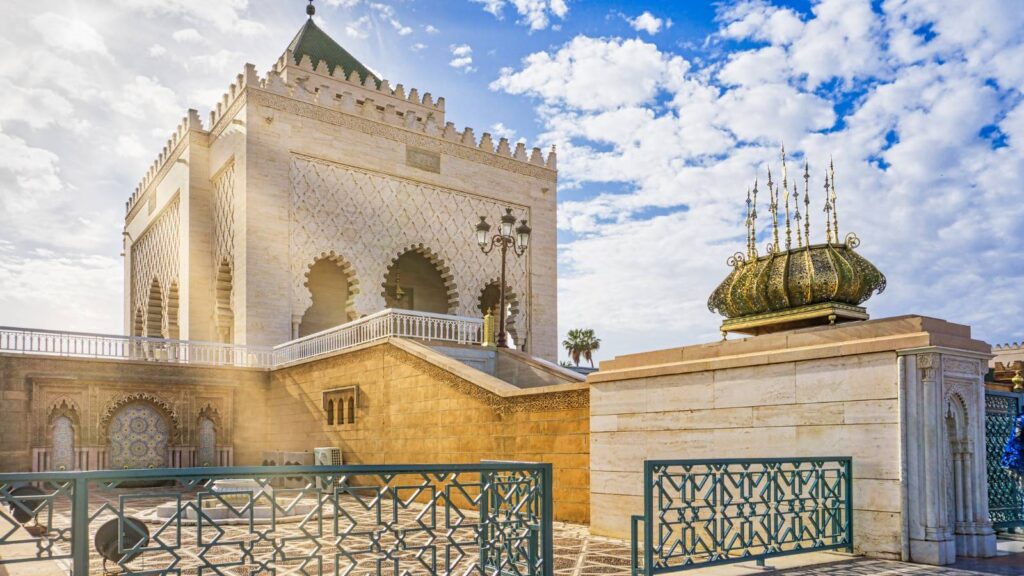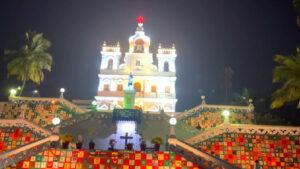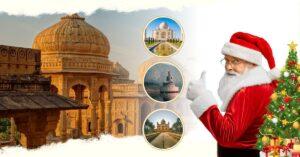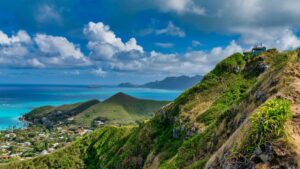Morocco is one of those rare destinations that offers endless possibilities, whether you’re drawn to vibrant city life, the sound of crashing waves along the Atlantic, or the serene quiet of golden desert dunes. The country’s magic lies not just in its landscapes but also in its timing. Knowing the best time to visit Morocco can make all the difference, especially if you want to align your trip with cultural festivals, thrilling surfing adventures, or starlit Sahara nights.
Morocco Itinerary: 10 Days of Incredible Landscapes, Culture & Adventure
By carefully choosing when to travel, you’ll avoid extreme heat, enjoy fewer crowds, and have the chance to immerse yourself in Morocco’s most authentic experiences.
Understanding Morocco’s Climate
Morocco’s climate is diverse, influenced by the Mediterranean Sea to the north, the Atlantic Ocean to the west, and the vast Sahara Desert to the south. This variety means that while one region may be enjoying cool breezes, another could be sweltering under the desert sun. To plan effectively, you need to consider both the season and your destinations.
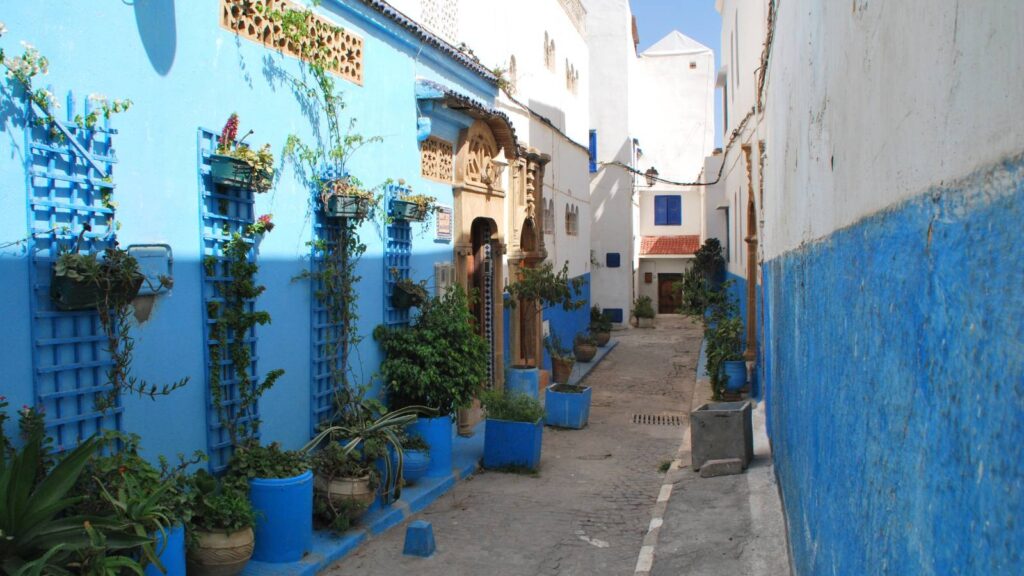
Spring (March to May): Widely regarded as the best time to visit Morocco, spring offers warm but manageable daytime temperatures, blooming landscapes, and a festive atmosphere. The Atlas Mountains are particularly beautiful, with snow still visible on the peaks while wildflowers decorate the lower trails.
Cities like Marrakech and Fes are alive with tourists and locals alike, offering the perfect mix of culture and outdoor adventure.
Summer (June to August): Summer brings scorching temperatures, especially in Marrakech, Fes, and inland regions. However, the coastal areas remain much cooler due to Atlantic breezes, making it the best season for surfing or beach vacations. Essaouira, for example, is known as the “Wind City of Africa,” and it thrives with surfers during these months.
Summer is also a great time for exploring northern Morocco, including Tangier and Chefchaouen, where temperatures are more bearable.
Autumn (September to November): Autumn is another golden season for Morocco. It combines pleasant weather with thinner tourist crowds compared to spring. It’s the perfect time for cultural festivals, trekking in the mountains, and venturing into the Sahara Desert without the risk of overheating.
Vineyards and farmlands come alive during the harvest season, giving travelers a glimpse of rural Moroccan life.
Winter (December to February): Winters vary across Morocco. Along the coast, the weather is mild and ideal for surfers who prefer cooler waves. In the Atlas Mountains, snowfall transforms the region into a playground for winter sports, including skiing and snowboarding in resorts like Oukaïmeden.
Meanwhile, the Sahara Desert offers chilly nights but pleasant daytime temperatures, making winter one of the best times for desert tours if you don’t mind bundling up at night.
Understanding these climate variations is key to planning. While Morocco can be visited year-round, your activities and comfort levels will depend on choosing the best time to visit Morocco according to your travel goals.
Best Time for Festivals in Morocco
Festivals in Morocco are more than just events — they are celebrations of history, culture, music, and spirituality. Aligning your visit with these events ensures you’ll experience Morocco at its most lively and colorful.
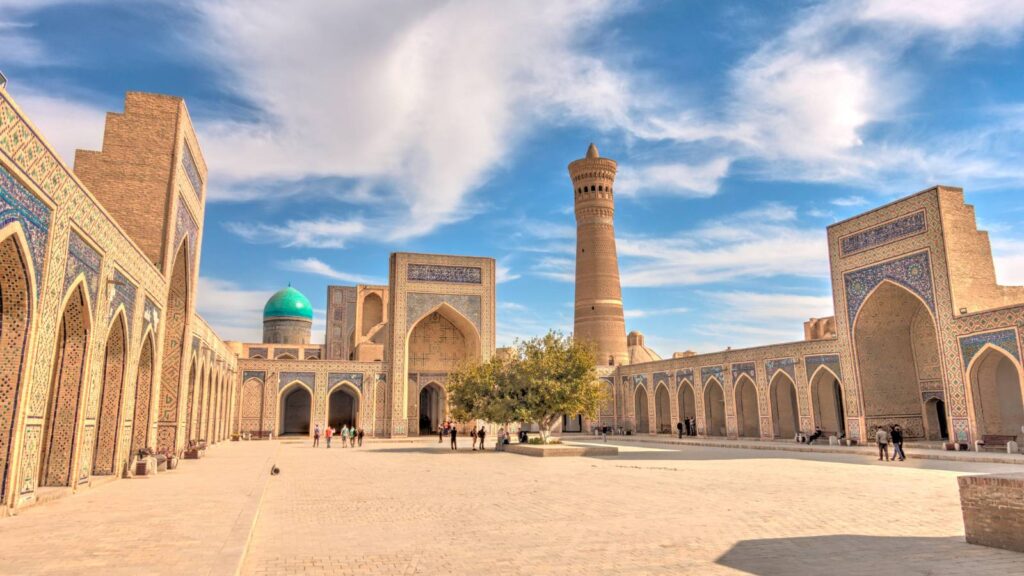
Marrakech International Film Festival (December): Known as one of the most important film festivals in Africa, it brings together global filmmakers, actors, and cinema lovers. Beyond the films, the city comes alive with red-carpet events, exhibitions, and networking sessions, giving you a chance to see Marrakech in full glamour.
Fes Festival of World Sacred Music (June): Held in the spiritual city of Fes, this festival promotes unity through music and culture. Performances happen in mosques, gardens, and palaces, blending Moroccan traditions with international music genres. Visitors experience an atmosphere of peace, reflection, and inspiration.
Gnaoua World Music Festival (Essaouira, June): This festival celebrates Gnaoua music, a traditional Moroccan genre with African, Berber, and Arab roots. Street parades, nightly concerts, and jam sessions attract thousands of locals and travelers. Essaouira itself, with its seaside charm, adds to the festive experience.
Imilchil Marriage Festival (September): One of Morocco’s most authentic cultural experiences, this festival in the Atlas Mountains sees Berber tribes gather to celebrate arranged marriages. Traditional dances, colorful attire, and ancient customs create a once-in-a-lifetime opportunity to witness Moroccan heritage up close.
Other notable events include the Rose Festival in El Kelaa M’Gouna (May), celebrating the harvest of roses in the Valley of Roses, and the Timitar Festival in Agadir (July), which promotes Amazigh culture and music. If you’re passionate about culture, timing your visit during festival season makes Morocco unforgettable.
Best Time for Surfing in Morocco
Morocco’s Atlantic coast stretches for over 1,200 miles, making it a surfing paradise with diverse conditions for beginners and experts alike. The best time to visit Morocco for surfing depends on your skill level and the type of waves you’re after.
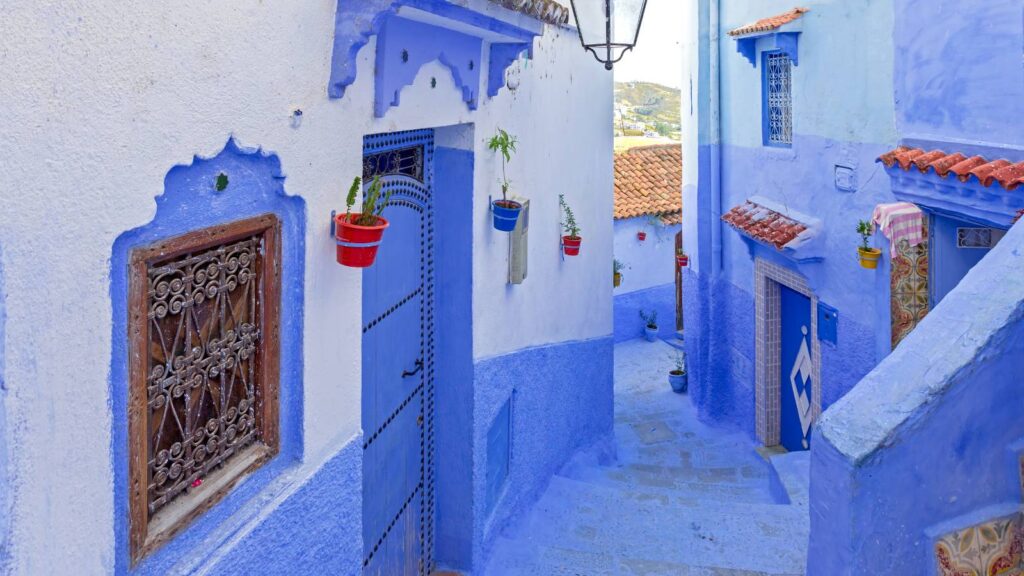
Taghazout: The surfing capital of Morocco, Taghazout is popular for its variety of surf spots like Anchor Point and Banana Beach. From September to April, waves are consistent, with winter offering powerful swells that challenge even the most experienced surfers. Surf camps in Taghazout provide everything from equipment to lessons, making it accessible for beginners too.
Essaouira: Known for its strong winds, Essaouira is perfect for kite surfing and windsurfing. Spring and autumn provide the most reliable conditions, with moderate temperatures and fewer tourists. Beyond surfing, Essaouira is famous for its UNESCO-listed medina, seafood markets, and vibrant art scene.
Agadir: With sandy beaches and a relaxed vibe, Agadir caters to families and beginners. Surf lessons are widely available, and September to November is considered the best time for predictable waves. Agadir also serves as a great base to explore nearby surf spots like Tamraght and Aourir.
Surf competitions are often held during peak surfing months, attracting international crowds. For travelers who want to combine culture and surfing, coastal towns offer lively markets, beachside cafes, and local music scenes that make the experience more immersive.
Experiencing Sahara Stars: Best Desert Visits
The Sahara Desert is one of Morocco’s most iconic attractions. Visiting this vast expanse of golden dunes is like stepping into another world — a world of silence, serenity, and surreal beauty.
Ideal Months: Spring (March to May) and autumn (September to November) are the best times to explore the Sahara. Daytime temperatures are pleasant, ranging between 20°C and 30°C, while evenings cool down, making overnight camping comfortable.
Summer months can be unbearably hot, while winter nights drop below freezing, which can be challenging for some travelers.
Popular Desert Tours: The most famous Sahara destinations are Merzouga and Zagora. In Merzouga, you can experience the towering Erg Chebbi dunes, some of the highest in Morocco. Zagora offers a more off-the-beaten-path experience, with smaller dunes and a quieter atmosphere.
Desert tours often include camel treks, sandboarding, and traditional Berber music around a campfire.
Stargazing: With almost no light pollution, the Sahara offers some of the clearest skies in the world. Constellations, planets, and even the Milky Way can be seen with the naked eye. Many tours provide telescopes for a closer look, but even without them, the starry desert sky is awe-inspiring.
A desert trip isn’t just about the stars. Watching the sunrise paint the dunes gold, experiencing the silence of the desert, and connecting with Berber guides make this journey one of the highlights of any Moroccan adventure.
Combining Experiences: Planning the Perfect Trip
If you want to experience everything Morocco has to offer — festivals, surfing, and the Sahara — you’ll need to plan carefully. Fortunately, spring and autumn are the perfect seasons for combining all three.
Start in Marrakech: Explore bustling souks, historic palaces, and gardens. If you time it right, attend the Marrakech International Film Festival for a dose of glamour.
Move to the Coast: Spend a few days in Taghazout or Essaouira catching waves, enjoying the seafood, and relaxing in coastal cafes. If visiting Essaouira in June, you can catch the Gnaoua World Music Festival.
Head to the Desert: End your journey with a Sahara adventure. Ride camels, camp under the stars, and witness magical sunrises over the dunes.
This balance allows you to experience Morocco’s culture, adventure, and natural beauty in one trip. With careful planning, you can maximize your time and ensure you’re visiting during the best time to visit Morocco for all three experiences.
Travel Tips for Visiting Morocco
A few practical tips can make your Moroccan journey smoother and more enjoyable:
- Cultural Etiquette: Dress modestly, especially in rural areas. During Ramadan, respect fasting hours by avoiding eating or drinking in public during the day.
- Accommodation: Stay in riads for a traditional Moroccan experience. These boutique-style hotels offer unique architecture, courtyards, and personalized hospitality. For desert trips, luxury camps provide comfort without losing the authentic feel.
- Transport: Morocco has efficient trains linking major cities like Casablanca, Rabat, and Marrakech. For Sahara trips, private tours are recommended. Grand taxis (shared cabs) are common for intercity travel.
- Food and Drink: Moroccan cuisine is a highlight. Try tagine, couscous, pastilla, and street foods like msemen. Always drink bottled or filtered water.
- Safety: Morocco is safe for tourists, but petty theft can occur in crowded areas. Keep valuables secure and be cautious when navigating markets.
By planning your journey around Morocco’s climate, festivals, and unique attractions, you can create a trip that captures the heart and soul of this extraordinary country. Whether wandering through ancient medinas, catching waves on the Atlantic, or lying under a blanket of stars in the Sahara, Morocco promises experiences that will stay with you forever.
FAQs
1. What is the best time to visit Morocco overall?
The best time to visit Morocco is during spring (March to May) and autumn (September to November). These seasons offer mild temperatures, cultural festivals, ideal surfing conditions, and comfortable weather for Sahara Desert tours.
2. When is the best time to visit Morocco for festivals?
If you want to experience Morocco’s vibrant festivals, the best time is May to September for cultural celebrations like the Fes Sacred Music Festival and Imilchil Marriage Festival, or December for the Marrakech International Film Festival.
3. Which months are best for surfing in Morocco?
The prime surfing season runs from September to April, when the Atlantic coast has consistent swells. Winter months (November to February) bring the biggest waves for experienced surfers, while autumn is perfect for beginners.
4. What is the best time to visit the Sahara Desert in Morocco?
The best time to explore the Sahara Desert is during spring (March–May) and autumn (September–November). Temperatures are moderate, skies are clear, and nights are perfect for stargazing. Avoid summer due to extreme heat.
5. Can I experience festivals, surfing, and the Sahara in one trip?
Yes! The best time to visit Morocco for a trip combining all three is in spring or autumn. You can enjoy festivals in Marrakech or Fes, surf in Essaouira or Taghazout, and end with stargazing in the Sahara.
6. Is summer a good time to visit Morocco?
Summer (June to August) is great for coastal surfing and exploring northern cities like Tangier and Chefchaouen, but it can be extremely hot inland and in the desert, making it less ideal for Sahara trips.
7. Is winter a good time to visit Morocco?
Yes, winter (December to February) is excellent for surfers who enjoy cooler waves and for exploring the Sahara with mild daytime temperatures. The Atlas Mountains also offer snow activities like skiing, making it a unique winter destination.
8. What should I pack for Morocco depending on the season?
For spring and autumn, pack light clothing with layers for cool evenings. In summer, bring breathable fabrics and sun protection. For winter, pack warm layers, especially for the desert and mountains. Comfortable walking shoes are essential year-round.
9. How do Morocco’s regions affect the best time to visit?
Coastal areas like Essaouira and Agadir are cooler and ideal year-round, the Atlas Mountains are best in spring/autumn for trekking or winter for snow, while the Sahara is best visited in spring and autumn to avoid temperature extremes.
10. What is the cheapest time to visit Morocco?
The cheapest time is during summer (June–August) and winter (December–February) when fewer tourists visit. You’ll find lower accommodation and flight prices, though conditions may not be ideal for festivals or desert tours.
